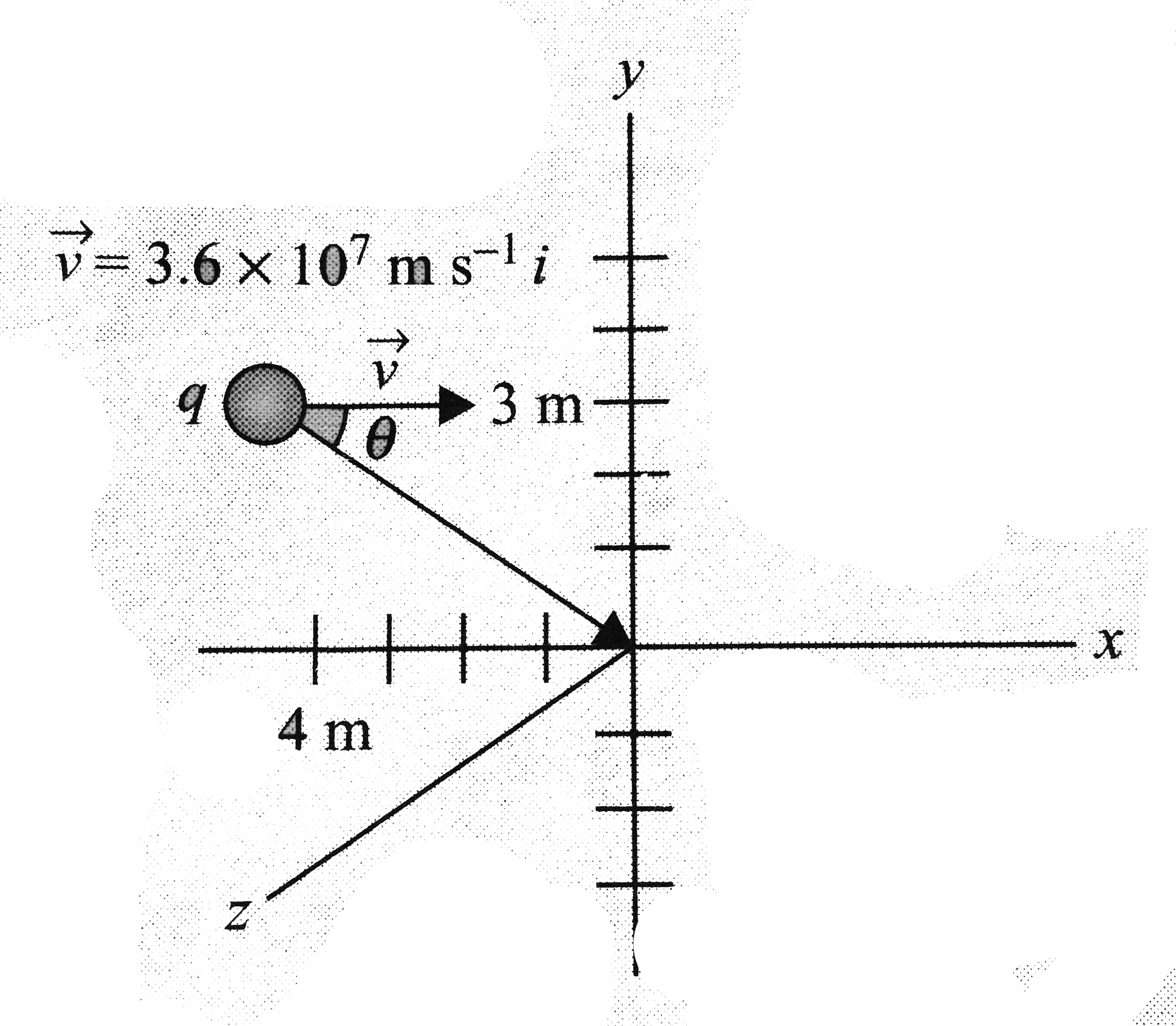Find the area bounded by the line , the x-axis and the ordinates and
To find the area bounded by the line y=x, the x-axis, and the ordinates x=−1 and x=2, we can follow these steps:
Step 1: Understand the Area to be Calculated
We need to visualize the area bounded by the line y=x, the x-axis, and the vertical lines x=−1 and x=2. The line y=x intersects the x-axis at the origin (0,0) and has a slope of 1.
Step 2: Set Up the Integral
The area can be calculated using integration. The area A can be expressed as:
A=∫0−1(−y)dx+∫20ydx
Since y=x, we substitute y in the integrals:
A=∫0−1(−x)dx+∫20xdx
Step 3: Calculate the First Integral
Calculate the integral from −1 to 0:
∫0−1(−x)dx=−(x22)0−1=−(0−(−1)22)=−(0−12)=12
Step 4: Calculate the Second Integral
Now calculate the integral from 0 to 2:
∫20xdx=(x22)20=(222−0)=42=2
Step 5: Combine the Areas
Now, we add the two areas calculated:
A=12+2=12+42=52
Final Answer
The area bounded by the line y=x, the x-axis, and the ordinates x=−1 and x=2 is:
52 square units
We need to visualize the area bounded by the line y=x, the x-axis, and the vertical lines x=−1 and x=2. The line y=x intersects the x-axis at the origin (0,0) and has a slope of 1.
The area can be calculated using integration. The area A can be expressed as:
A=∫0−1(−y)dx+∫20ydx
Since y=x, we substitute y in the integrals:
A=∫0−1(−x)dx+∫20xdx
Calculate the integral from −1 to 0:
∫0−1(−x)dx=−(x22)0−1=−(0−(−1)22)=−(0−12)=12
Now calculate the integral from 0 to 2:
∫20xdx=(x22)20=(222−0)=42=2
Now, we add the two areas calculated:
A=12+2=12+42=52
The area bounded by the line y=x, the x-axis, and the ordinates x=−1 and x=2 is:
52 square units
Similar Questions
A point chanrge of magnitude q=4.5nC is moving with speed v=3.6×107ms−1 parallel to the x-axis along the line y=3m. Find the magnetic field at the origin produced by this charge when the charge is at the point x=−4m, y=3m, as shown in Fig.

View SolutionFind the area bounded by the curve y=4x−x2, the x-axis and the ordinates x=1 and x=3.
View SolutionFind the area bounded by the curve y=cosx, x-axis and the ordinates x=0 and x=2π.
View SolutionArea bounded by the curve y=x3, the x-axis and the ordinates x=−2 and x=1 is:
View SolutionFind the area bounded by the parabola y=x2, the x -axis and the lines x=−1,x=2 .
View SolutionThe area bounded by the curve y=x|x|, x-axis and the ordinates x=−1 & x=1 is:
View SolutionUsing integration, find the area of the region bounded by the line 2y+x=8, the x-axis and the lines x=2 and x=4.
View SolutionIf the area bounded by the curve y=f(x), x-axis and the ordinates x=1 and x=b is (b-1) sin(3b+4), then find f(x).
View SolutionFind the area of the region bounded by the curve y=x2−2x, the x-axis and the lines x=1andx=−1
View SolutionUsing integration, find the area of the region bounded by the line 2y=5x+7, x-axis and the lines x = 2 and x = 8.
View Solution
